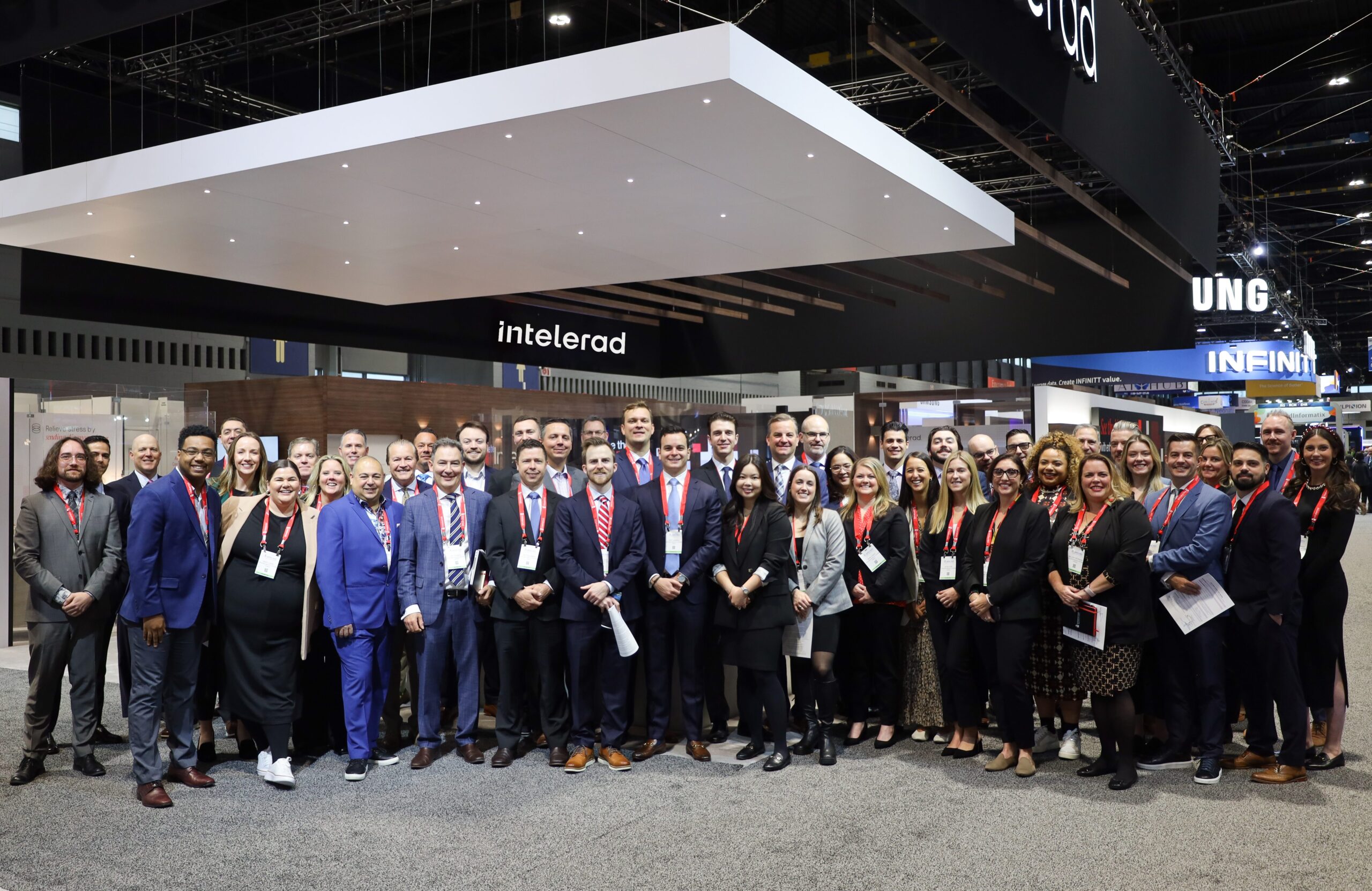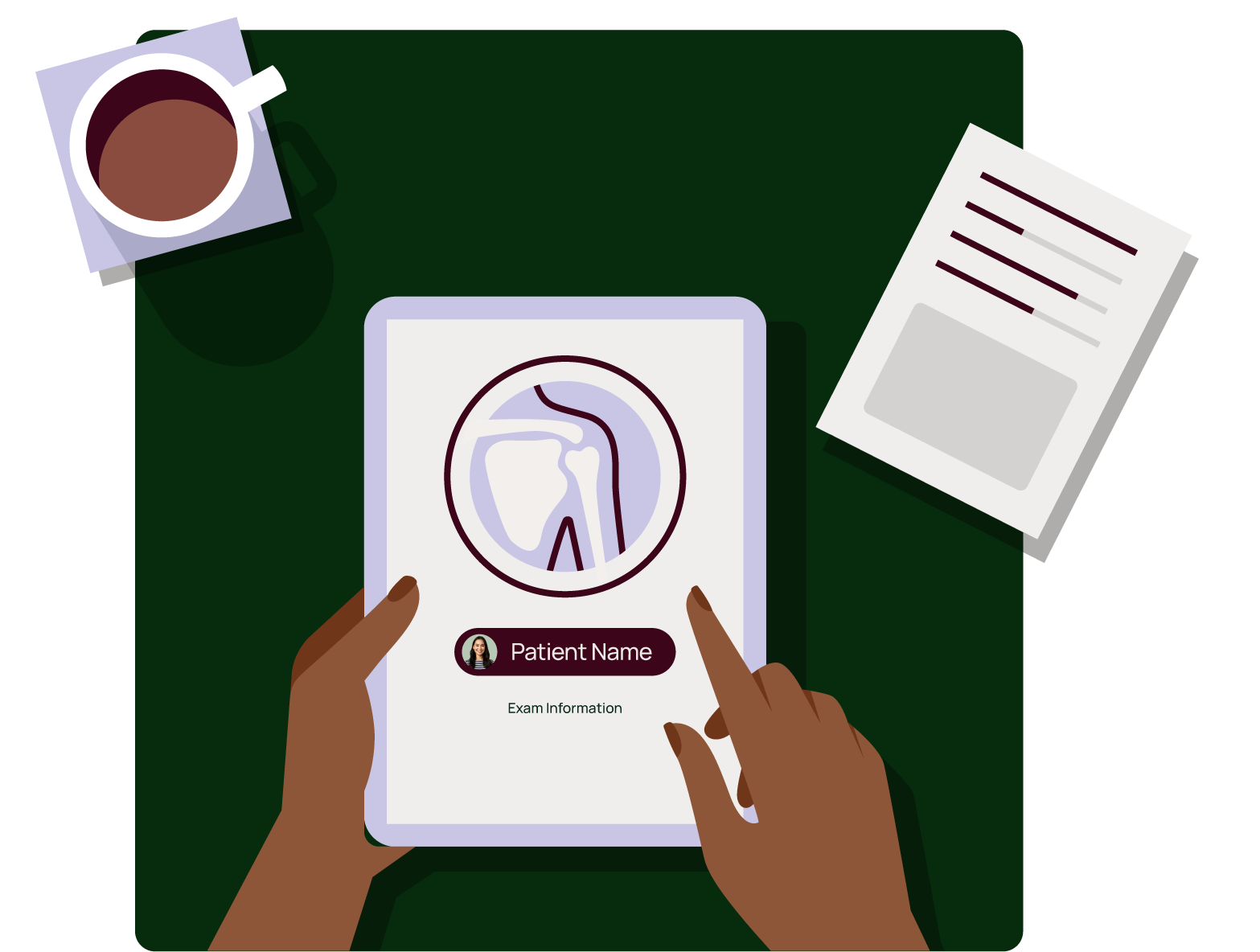Lung cancer accounts for more cancer deaths than prostate, ovarian, and breast cancer combined. The good news is that lung cancer incidence is falling, and survival rates are improving. This is in part due to the increased messaging around how smoking is harmful to your health as well as advancements in imaging practices.
Today, Low Dose Computed Tomography (LDCT) imaging is the gold standard for detecting abnormalities in the lungs because it exposes patients to less radiation than a traditional CT scan. Since LDCTs take images from several different angles, they provide a 3D picture of a selected structure for precision diagnostics. While this modality is very effective for detecting and tracking lung nodules, it’s important to consider the cumulative radiation dose to prevent overexposure.
Assessing Eligibility for LDCT Imaging Programs
Low-dose CT scans are an essential tool for lung imaging organizations because they allow for early detection of abnormalities while somewhat limiting radiation exposure. The average LDCT scan delivers a radiation dose of approximately 20% of the dose of a standard diagnostic chest CT, but still significantly higher than a chest X-ray. Over time, cumulative exposure from repeated scans can increase the risk of radiation-induced harm, so it’s important to ensure that we are judicious with our use of LDCT.
LDCT scans should be reserved for patients who truly meet the criteria for an LDCT program. By incorporating smart tools and risk assessments, like those found in InteleScreen, providers can ensure that high-risk patients are being screened, without over-exposing low-risk patients.
Selecting patients for LDCT programs largely depends on the information obtained from patient intake, where risk factors and smoking history are captured. Current guidelines recommend LDCT for individuals aged 50-80 who have a history of 20 pack-years or more, and either currently smoke or have quit within the past 15 years. Following this criteria helps ensure that LDCT is used primarily for high-risk individuals, where the benefits of early detection outweigh the risks of radiation exposure.
Dynamic Risk Assessment and Follow-Ups
In addition to strict eligibility guidelines, establishing evidence-based follow-up intervals helps organizations actively manage patients undergoing LDCT screening. Research indicates that the growth rate, size, and morphology of lung nodules can significantly impact follow-up strategies. For instance, a larger or faster-growing nodule may indicate a higher risk of malignancy and necessitate more frequent follow-ups, while stable, smaller nodules may allow for extended intervals between scans.
Tools like InteleScreen help clinicians systematically record nodule characteristics, such as size and growth patterns, within the Lung Navigator form, which centralizes all patient information and allows for easy tracking of changes over time. By tailoring follow-up schedules based on individual risk factors and imaging findings, healthcare providers can limit unnecessary scans and reduce cumulative radiation exposure without compromising the early detection of lung cancer.
InteleScreen takes follow-up intervals into account, automating patient communications like exam results, exam reminders, or custom letters. This takes the burden off of administrative staff, while still ensuring no critical findings or follow-up appointments are missed.
Pathology and The Lung Navigator
Pathology goes beyond what imaging alone can tell us. When integrated with longitudinal imaging data, pathology reports can help refine risk predictions and guide the follow-up schedule. When a nodule is detected, the characteristics inform the initial assessment. The addition of pathology data from a biopsy can go one of two ways:
- If the pathology report confirms malignant cells or specific biomarkers associated with aggressive tumor behavior, it may indicate a need for more frequent follow-up and potentially different imaging modalities.
- Conversely, benign pathology results can reduce the intensity of surveillance, sparing the patient unnecessary radiation exposure and healthcare costs.
By integrating pathology into the ongoing assessment of risk, healthcare providers can ensure that decisions about follow-up intervals and treatment options are made based on the most complete and current data available.
InteleScreen Lung Navigator simplifies this integration by consolidating both imaging and pathology data into a single point of access. This allows radiologists and clinicians to view pathology reports alongside current imaging studies, previous scans with tracked changes, and risk factors captured during patient intake. The system’s comprehensive tracking includes not only imaging and pathology findings but also incidental discoveries and comorbidities.
This holistic view makes consultations easier as all the necessary data for assessing a patient’s risk over time is readily available in one place.
Compliance and Accreditation
Achieving and maintaining compliance with the American College of Radiology (ACR) standards requires meticulous documentation, and if it’s important to our partners, it’s important to us. We understand that compliance affects your bottom line, reimbursement, and reputation. That’s why we strive to make it as easy as possible for you to stay compliant.
InteleScreen has a direct integration with the Lung Cancer Screening Registry (LCSR), allowing practices to generate compliant submissions instantly, populating information like Dose Length Product (DLP), nodule details, and other patient information like risk factors and comorbidities.
This means that your practice can confidently and easily meet regulatory standards to maintain accreditation with minimal manual effort, allowing you to focus on providing the highest level of care.
InteleScreen for Lung Imaging
InteleScreen streamlines lung cancer screening and management by integrating essential features into a single, comprehensive platform. From a lung-focused intake form, to dynamic risk assessment that incorporates pathology data and longitudinal imaging, to compliance support with automated reporting and data organization, InteleScreen optimizes every step of the workflow. Its intelligent tracking system ensures that patient information, including imaging results, pathology reports, and risk factors, is all accessible in one place.
To explore these features in more detail and see how InteleScreen can benefit your organization, download our datasheet or visit our product page.
Ready to see it in action? Schedule a demo today to learn more.





